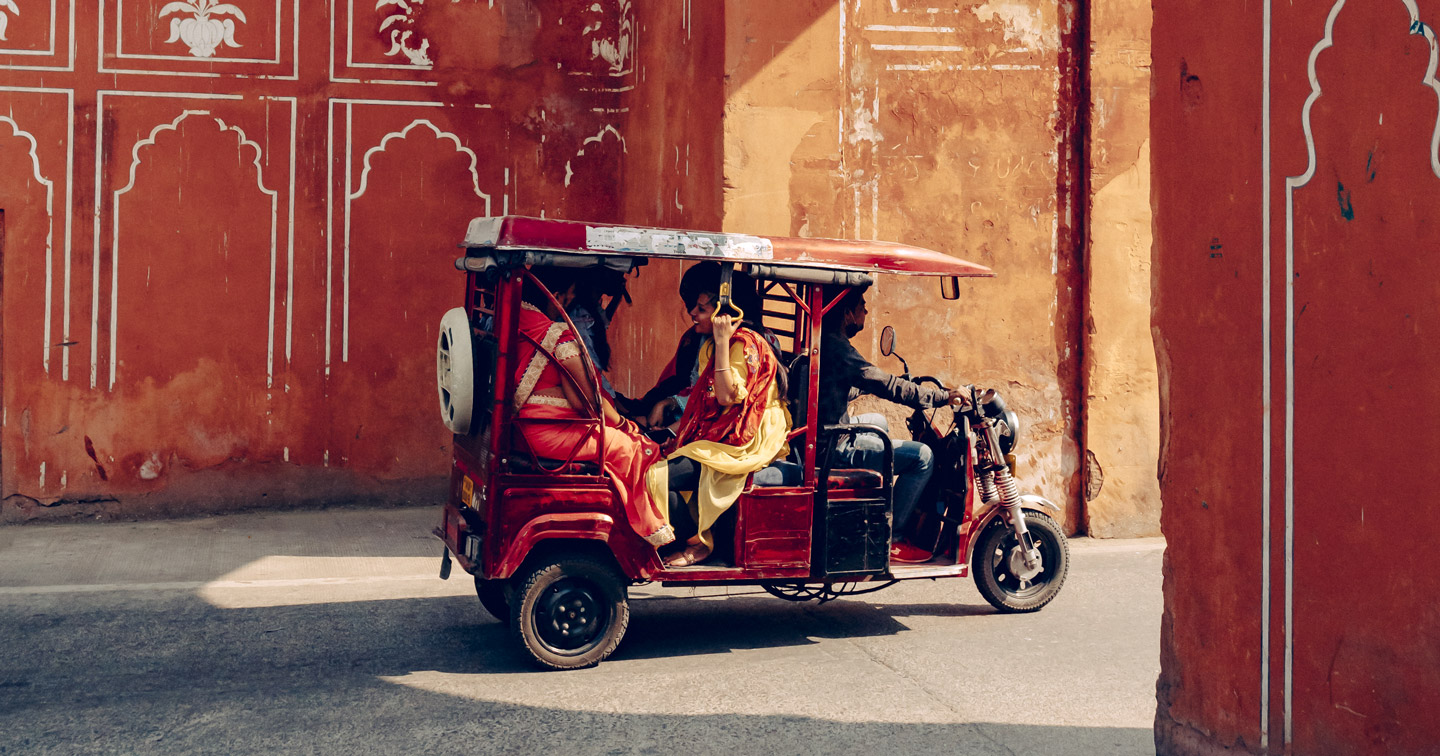
A few suggestions to get the holiday planning process started

Our eager experts have explored India from its mountainous north to its tropical south in search of the best destinations, experiences and properties. In-country, our passionate team of Concierges share a love of India and are always on hand to impart extensive knowledge of their country. Working with phenomenal local guides across the country, we tailor experiences to your specific interests, from family-friendly block printing in Jaipur to city food tours and off-the-beaten-track wildlife safaris. Whether you’d rather call a historic palace or a humble guesthouse home, we can offer your dream accommodation while in India.
ENQUIRE NOWDiscover different ways to explore India
Practical advice and inspiration to help you prepare for your holiday
Counting a Condé Nast Top Travel Specialist among our consultants, we have a keen team of India experts who have travelled all over the country, from Ladakh to Satpura National Park. We know India inside out, so can recommend the best destinations, properties and activities to match your interests, all based on our own experience. Whether you're an active family or a pair of laidback honeymooners, there's plenty for everyone in this huge, colourful country. Our team of guides understand your needs and adapt each tour to you, be it retracing a family history in India or helping your child create a costume design with a local tailor.

India holidays are for those willing to go far and wide to find complete cultural overhaul. Lovers of history, architecture and religion can revel in a land that has just about everything. Surrender to the cacophony of sounds and visual treats on offer in India’s big cities and you’ll soon find surprise and delight at every turn from sprawling open-air markets to glorious monuments. We recommend first time visitors start at Rajasthan, a northern state filled with vestiges of India’s glorious past; from the palaces of the Maharajas to its impenetrable great forts and of course the legendary Taj Mahal. Others might opt for a slower pace touring Southern India’s pilgrimage sites, spice forests and tea culture. It’s a chance to take in the country’s softer, serener scenes be it the arid lands of Gujarat, home to the world’s only wild population of Asiatic lion, or the mighty temples and buzzing markets of Orissa.
With 5,000 years of history, India’s sheer cultural heritage offers a fascinating medley of places both on and off the beaten track. In Rajasthan, discover the pink-hued temples of Jaipur and picturesque Udaipur, often called the 'Venice of the East' due to its scenic lakes and palaces. Tamil Nadu not only offers some of the oldest Hindu temples in India but also cuisine you may have never tasted in your entire life. In Southern India, watch local life unfold in the sleepy backwaters of Kerala while up in the vibrant green tea plantations, rural tradition continues as it has done for centuries. India’s most northerly region, Ladakh and the surrounding Himalayas are best for hiking high-altitude mountains, encountering untouched culture as well as superlative stargazing.
It's difficult to dispute Rajasthan, Delhi and the Taj Mahal as the perfect combination to visit for first timers to India, but after that it's down to taste. If it's mountains you seek, then the Himalayas and Ladakh should appeal. For beaches we'd recommend Kerala, and for diving the Andaman Islands. The elusive tiger is best viewed in the national parks of Central India or in Karnataka, and for vibrant city life nowhere (on Earth, let alone in India) comes close to Mumbai and Calcutta. In an ever-changing country, we are constantly adding to our knowledge of this vast region on research trips (tough life), sniffing out the finest little antique shop in Udaipur or the best bhaji in Bangalore.
Explore the famous storybooks scenes that inspired the beloved author, Rudyard Kipling. Spot elephants, panthers and the elusive Bengal tiger in Bandhavgarh National Park or visit the Pench National Park in central India, famed for its tiger and leopard populations.
Experience the real India riding along on a toy train (small-engine locomotives). Choose from a few scenic hill-station routes that travel across the foothills of the Himalayas to Darjeeling, past the lush green tea plantations of the Nilgiri Hills and through teetering local villages.

Our team of destination experts will get to know you and your unique requirements for your holiday

We work with you to build an ultra-personalised holiday itinerary with your choice of accommodation, experiences and activities

All of our holidays include little extras designed to make a big difference to your trip, from fast-tracking you through airport check-in and security to our network of local Concierges